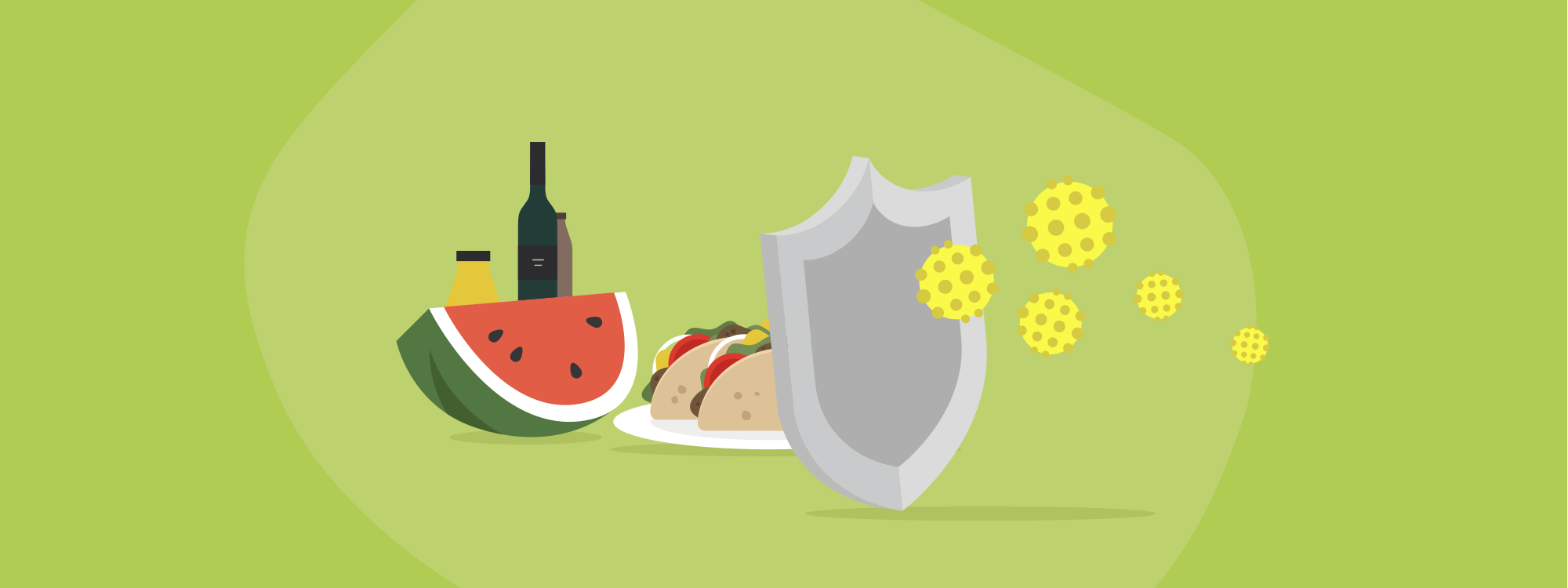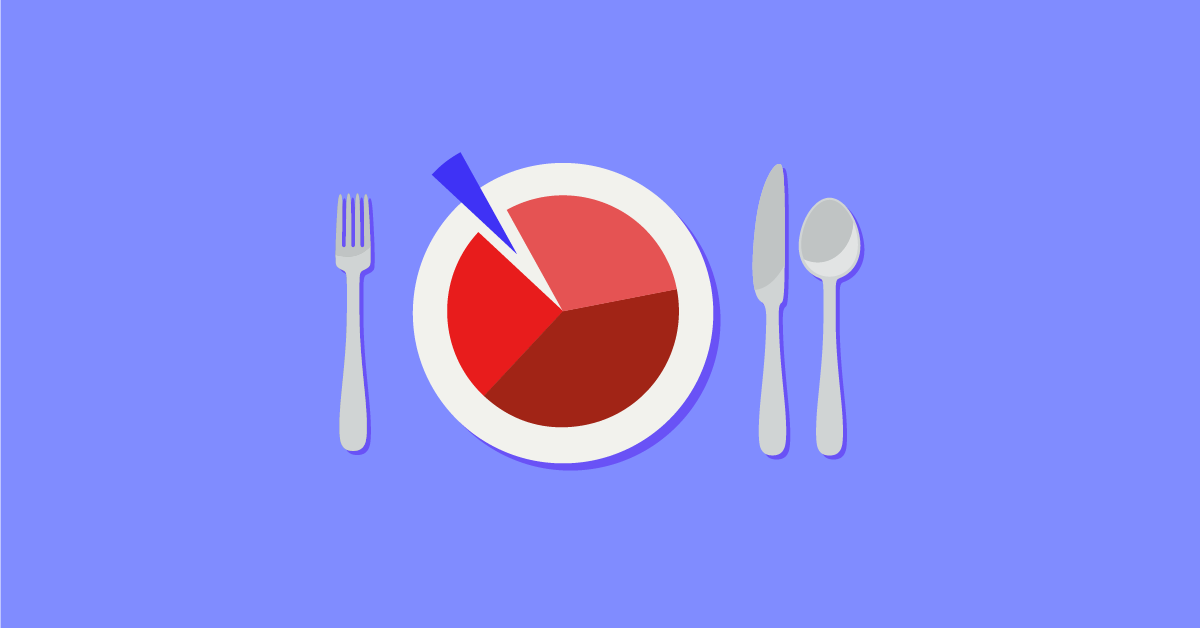
Hospitality is reopening, and this time round, there’s even more focus on food safety.
While food safety regulations have not exactly changed with the current crisis, restaurants are expected to uphold even more rigorous sanitation standards and be transparent with their customers. This means, at the minimum, adhering to the hygiene standards put forth by the Food Standards Agency.
Regardless of where you’re located, here are the eight things restaurant owners, operators and employees can collectively do to avoid breaches in food hygiene, keep customers safe and win their trust:
- Practice proper surface sanitation
- Wash hands frequently
- Properly clean food before cooking
- Keep track of food recalls
- Label food names and best-before dates
- Store food the right temperature
- Avoid cross-contamination
- Maintain your restaurant equipment
Equip your business for short and long-term success
Lightspeed Restaurant ePOS provides your restaurant with tools for longevity. Download our free restaurant ePOS guide and learn how to build a more resilient business.
1. Practice proper surface sanitation
Your countertop and chopping boards are a huge part of the food preparation process. You use them on a daily basis from chopping vegetables to seasoning meats. If you’re handling any type of food on any surface, you have to make sure your surfaces are properly cleaned beforehand and after you’re done.
Cleaning and sanitation
Two words you should have in mind are cleaning and sanitising. Cleaning surfaces means washing off any dirt, grime or food remnants from all food prep surfaces. Sanitising goes a step deeper to remove surface pathogens. This combination should be a part of all of your surface cleaning regimen.
So what should you use to clean and sanitise your surfaces? When it comes to cleaning, opt for products that are stable, non-corrosive and safe to use. For surfaces, use heat or chemicals like chlorine, iodine, or quaternary ammonium compounds.
It’s also important to establish a clear cleaning and sanitising schedule, along with a checklist of things to clean, to assure that cleaning and sanitation becomes a part of each and every shift.
2. Wash hands frequently
With global health authorities touting this measure as the end-all and be-all method for preventing the spread of COVID-19, the importance of regularly washing your hands cannot be underestimated.
The World Health Organization recommends washing hands with soap for at least 20 seconds before and after food prep and using alcohol-based hand sanitisers. For restaurants offering delivery, this means ensuring delivery couriers are equipped with hand sanitiser and that it’s used between food drop-offs.
As a rule of thumb, Food.gov.uk recommends washing your hands in each of these scenarios:
- Before, during and after preparing food
- After handling raw meat, poultry, seafood (or their juices) or uncooked eggs
- After using the toilet
- After touching or emptying a rubbish bin
- After blowing your nose, coughing or sneezing
3. Properly clean certain foods before cooking
It’s not just surfaces and equipment that need to be cleaned. Your fruits, vegetables, whole grains, herbs, beans as well as jars and lids should be washed and rinsed before use.
Fruits and vegetables
Wash produce like fruits, vegetables and herbs under cold running tap water. You can also use a brush for some fruits and vegetables to make sure you remove any residual dirt. Don’t, however, wash fruits or vegetables with detergent or soap, as the detergent could end up seeping into the porous surface of your produce. Instead, you can use a vegetable wash, a mix of water and distilled vinegar or just good ol’ tap water.
Beans and whole grains
For foods like beans and whole grains, a good rinse with cold running water will do the trick to help remove any starch, debris, dirt and germs.
Packaging
For jars, lids and other plastic, glass or metal packaging, rinsing with water and soap will disinfect the surface of any potential bacteria left behind by others who used them.
4. Keep track of food recalls
While the majority of your food safety and sanitation efforts are taken care of in the kitchen, keeping track of food recalls that impact your supply chain is essential for ensuring the ingredients you use are safe to serve customers.
A food or product recall is when a certain type of product needs to be removed from distribution due to a potential or proven safety concern. For example, from 2017 to 2020, the US has seen several recalls on romaine lettuce due to E. coli outbreaks. In response to those recalls, supermarkets and restaurants removed romaine lettuce from their offering or changed suppliers to assure their lettuce was safe for consumption.
A great way to stay on top of any potential recalls is to sign up for the alerts offered by the Food Safety Agency. The agency offers email or mobile notifications as well as information on how to handle a recall process or report a problem with produce.
On top of following government-mandated recalls, always keep an open line of communication with suppliers to ensure you’re getting the news right away if there are any issues with their produce.
5. Label food names and best-before dates
With different foods coming in and out of your kitchen, keeping track of best-before dates is essential to ensuring you don’t serve ingredients past their prime.
It’s also equally important to properly label different ingredients as some might resemble each other in appearance. Ingredients like salt and sugar are one of the many examples of foods that could be easily mistaken with each other.
To be more efficient with your food prep and to ensure you’re using the freshest ingredients, include this information on your food labels:
- Food name
- Quantity
- Date it arrived to your kitchen
- Date it was prepared
- Expiration or use-by date
By creating a proper system of restaurant stock control, you can save you a lot of headaches when it comes to food safety,
6. Store food the right temperature
Proper temperature control is a key player in keeping away foodborne illnesses. Things like raw meat, poultry, eggs, dairy products, seafood as well as certain fruits and vegetables and cooked foods, need to be stored at a specific temperature to prevent bacteria.
The danger zone
Your main enemy in the fight for proper temperature control is the infamous “danger zone”.
The danger zone takes place when food temperatures are between 40°F and 140°F (4°C and 60°C) causing dangerous bacteria to grow at a rapid pace, spoiling the integrity of the food. This means you should always keep foods refrigerated below 40°F or 4°C and keep hot, cooked foods at a temperature above 140°F (60°C).
Does this mean that your food will be immediately ruined if it’s in the danger zone? No, but time does play an important factor in how long foods can stay in the danger zone. As a rule of thumb, don’t keep foods out of a fridge for more than two hours.
Proper cooking temperatures
The right cooking temperature will depend entirely on the type of food you’re cooking. Certain foods like meat, poultry and eggs need to be cooked to a certain temperature to be edible. While the safe internal cooking temperature will be around the same, always make sure to stick to your government’s proposed standards.
7. Avoid cross-contamination
Cross-contamination takes place when bacteria from an object or food is transferred to another object or food, eventually contaminating the food and leading to foodborne illnesses. If not managed properly, restaurant kitchens can easily become a source of cross-contamination.
Hand washing
Hand washing is fundamental for preventing cross-contamination. If you’re handling raw meats and later need to prep a salad, for instance, washing your hands between prepping each dish ensures you don’t transfer any harmful bacteria from one to the other.
Use separate utensils
Another useful tip is to use different utensils (like tasting spoons, chopping boards or specific knives) for prepping different types of food.
Having a colour-coded system–like brown chopping boards for salad and fruits, brown for vegetables, red for raw meats and yellow for cooked meats–helps cooks curb cross-contamination and keep their workspace organised.
This rule is also true when it comes to preparing allergy-free meals. When a cook sees an order come through and the customer mentioned they have an allergy, the cook can adapt, use utensils that haven’t made contact with that ingredient and assure the dish is safe for the customer to enjoy.
Surface and utensil sanitation
Make sure you clean and sanitise any surfaces where you’ve prepared any raw meats, seafood or dairy products before and after using them. You should also consider cleaning all utensils used for raw meats separately from the utensils used for vegetables.
Proper storage
How you store your food is almost as important as where you prepare your food. If you are storing or defrosting any type of meat or seafood in your refrigerator, contaminants can easily seep into other foods and transfer dangerous bacteria.
Store any raw meats, seafood and poultry on the bottom shelves of your fridge and cooked foods, raw vegetables and fruits higher on your shelves. This ensures that liquid from your raw meats doesn’t trickle down onto other ingredients.
Food handling training
While there are always things you can teach your staff about food safety, it’s important that they have formal training and certification as well.
A food hygiene certificate covers food safety topics and training. Having staff that are certified on food handling ensures they have a firm grasp of how to consistently uphold food safety standards.
8. Maintain your restaurant equipment
Ensuring that your restaurant equipment is in good condition should always be on your list of priorities. With daily and rigorous use, it’s normal for equipment to show signs of wear and tear, your objective should be to use them for as long as possible.
Here are some preventative restaurant maintenance practices for keeping your equipment in good shape:
- Keep a log of scheduled maintenance and dates
- Create an equipment cleaning schedule
- Train employees on proper equipment use and maintenance
- Turn to your equipment manual or supplier for product information or issues
Remember, if you want the best results, make sure to take good care of your everyday tools!
Food safety never stops
If you work in the hospitality industry, keeping customers safe should be a top priority. Whether there’s a global health crisis like COVID-19 or it’s a regular day on the job, following food safety regulations need to be a part of everyday life for anyone in the food industry.
Everything you do on a regular basis should strive to actively prevent hygiene violations and uphold food safety standards. This means taking all the necessary steps to always ensure you’re running a tight ship!

News you care about. Tips you can use.
Everything your business needs to grow, delivered straight to your inbox.




